Ritualistic Hunting — The Silent Wildlife Killer of West Bengal
HEAL has been documenting South Bengal’s hunting festivals since 2016 and working with enforcement authorities to put an end to this indiscriminate mass killing of endangered wildlife.
This is the earlier documentation of their work on CI.
All of us are acutely aware of the hunting of megafauna connected with the multi-billion dollar illegal wildlife trade. Many of us also know of the problem of hunting that persists in the North-Eastern states of India. But very few of us pay attention to the indiscriminate killing of thousands of protected wildlife in rural Bengal, under the garb of “ritualistic hunting”.
Ritualistic hunting is possibly one of the biggest killers of wildlife in South-western West Bengal, a region that forms the habitat of a number of globally threatened species, including elephant, pangolin, fishing cat, hyena and wolf, to name a few. The problem is most acute in the south-western districts of Purulia, Jhargram, Bankura, and West Medinipur – parts of which are a continuation of the Chotanagpur plateau. It used to be a major problem in East Medinipur and Howrah in South Bengal but has been largely contained there over the past two years. Murshidabad in Central Bengal also sees sporadic hunting. These districts have fragmented patches of deciduous forests, inland wetlands and scrublands, interspersed with agricultural lands and human settlement. While hunting has been traditionally prevalent in pockets of rural Bengal and Central India, over the last ten years, with better mobility through roads and trains and better phone connectivity, hunters can now reach far off places – locations with more wildlife. As a result, the biodiversity of this region has been witnessing a sharp decline.
What are the “hunting festivals” of South Bengal?
Tribal communities of south-western West Bengal and parts of Central India hunt wild animals almost all the year round. However, certain days that generally coincide with some cultural, ritualistic or religious events, are celebrated as “hunting festivals”. The hunt dates mostly coincide with a full moon. Most of the major hunts take place between January and June of every year. On these days, hunters’ groups from different communities congregate in large numbers in specific spots to hunt wild animals. These locations are not necessarily restricted to their local forest patches, with the hunters often travelling long distances to reach hunt destinations. Spanning across more than 45 days in a year, “the hunting festivals” of South Bengal attract anywhere between 50,000-60,000 hunters every year. The number of hunters on each occasion may range from 1000-15,000.
Armed with bows and arrows, axes, spades, swords, knives, hammers, sling shots, nets, traps and other sharp weapons, hunters’ groups flock to various hunt locations and set out to kill every wild animal they can find. At times, they are accompanied by hunting dogs. What follows is the brutal slaughter of thousands of mammals, birds and reptiles, all protected under the Wildlife (Protection) Act, 1972 (WPA 1972). Species killed during these “hunt fests” include fishing cats, monitor lizards, pangolins, jungle cats, porcupines, jackals, Bengal foxes, wolves, wild boars, civets, and birds like pittas, owls, barbets, coucals, francolins, bitterns, and jacanas, to name just a few. Even a tiger that had appeared in Lalgarh in Jhargram in 2018 was hunted down by tribal hunters. Each hunter aspires to bag at least one wild animal. In fact, younger hunters compete with each other to kill as many animals as possible. Before the Calcutta High Court placed an embargo on ritualistic hunting over the last two years, hunters used to kill wild animals openly, without fear of any action or resistance from the authorities. One can only imagine the havoc that such killings wreak on the local wildlife populations.
Who are the hunters?
The hunters are predominantly from tribal communities, such as the Santhal, Lodha, Sabar, etc. However, they are increasingly being joined by the non-tribal populace, who are opportunistic participants in the hunt fests. For example, while documenting Pakhibandh Hunt fest in Jhargram in 2019, we found a sizable number of hunters from non-tribal communities.
The hunting festivals of south-western West Bengal see an influx of hunters from West Medinipur, Jhargram, Bankura, Murshidabad, Purulia and Jharkhand. They look very different from the picture of the subsistence hunter most of us have in our minds. Contrary to popular perceptions, this hunting is not driven by need. Hunters come from various walks of life – students, teachers, farmers, agricultural labourers, shopkeepers, factory workers, and even government employees. Very few have any idea about the ritualistic origins of the hunt fests in which they participate. They are dressed in modern clothes, often flaunting sports shoes and watches, and carrying smart phones to coordinate among themselves. These ‘ritual’ hunters are mostly rowdy hordes of men, out to kill anything that moves. After the hunt is over, the hunters quickly reach an inebriated state. When confronted, they form themselves into mobs and even become threatening. In many cases, our team members have found themselves in danger, surrounded by menacing armed mobs.
A short film on the hunting festivals of South Bengal
How do the hunters operate?
Larger hunting festivals are mostly formally announced by the gram pradhans or the village heads through distribution of handbills or leaflets or even through loudspeakers. The leaflets provide details including dates and locations of the hunt, as well as ‘dos and don’ts’ to be observed while hunting. Participation in smaller hunt festivals may be spontaneous, particularly when it happens on the same day every year.
When the hunt locations are not very far from their homes, the hunters travel by foot or use hired vehicles and motor bikes to reach hunt locations. They set up camps in open areas adjoining the hunt spots. The hunters then enter the forests with weapons, kill wild animals and then stash their booty of poached wildlife in the area of congregation. The animal carcasses are either skinned and cooked on the spot or taken away for selling the skins and other body parts.
When the hunt spots are located far away and involve travelling over long distances, the hunters would avail of the railways. For instance, during the Faloharini Kali Pujo hunt fest, which, before the judicial embargo, used to be one of the most destructive of all the hunting festivals, hunters would travel to East Medinipur and Howrah by train. Hunters would take shelter on the railway platforms and go out to hunt. After finishing their hunt, they would return to the platforms with the maimed or poached wildlife. They would kill, skin, and cook animals openly on the platforms and even transport animals using the trains with impunity, in full view of the railway authorities. Some hunts, like those occurring on Faloharini Kali Pujo, span over several days, resulting in the hunters wiping out the local biodiversity.
Why do they hunt?
This question, put to numerous hunters, drew the same answer – for “phurti” or fun. For them, hunting is a sport, a source of entertainment, a day out to have some fun, finding and killing animals. Unfortunately, biodiversity pays a heavy price for this “fun activity”.
The hunters may use religion and culture as an excuse to go hunting, but by their own admittance on various occasions – the activity is NOT at all need driven. They do not depend on wild meat for subsistence. On the contrary, we have witnessed a dilution of traditional hunting ethics. For example, hunting juvenile animals and pregnant animals was prohibited in age-old hunting methods. On numerous occasions we have seen a whole family of wild birds, squirrels, canids, felids and pregnant lizards forming the hunting bounty.
Some of the hunters also sell off the skin and body parts of the poached animals to cater to the illegal trade in wildlife. During investigations by our team, it was found that the skins of monitor lizards were considered a lucrative product for sale.
Are these hunting festivals legal?
No, these hunting festivals are illegal. Hunting in any form is prohibited under the WPA 1972. This Act makes hunting a cognizable and non-bailable offence, punishable with imprisonment, which may extend upto 7 years, and/or a fine, which may extend upto Rs. 25,000. The WPA 1972 does not make any exception for traditional or ritualistic hunting.
The Scheduled Tribes and other Traditional Forest Dwellers (Recognition of Forest Rights) Act, 2006 (FRA) specifically outlaws traditional hunting of wild animals. Under this law, rights of forest dwelling Scheduled Tribes and other traditional forest dwellers on all forest lands excludes the “traditional right” of “hunting” or trapping or extracting a part of the body of any species of wild animal.
What actions has HEAL taken to mitigate ritualistic hunting in South Bengal?
HEAL members and volunteers started investigating and documenting the killing of wild animals during hunting festivals from the year 2016. Over the years, they have been tracking down hunters, intercepting hunting groups during hunt fests and rescuing captured wildlife. HEAL also initiated dialogues with the Forest Department and Railway authorities to look at possible ways of dealing with this problem.
On account of the weak implementation of the Wildlife Protection Act, hunting festivals continued unabated. HEAL then decided to seek judicial intervention. In 2018, HEAL filed its first public interest litigation (PIL) before the Calcutta High Court to prevent mass hunting in East Medinipur and Howrah districts of West Bengal during Faloharini Kali Pujo hunt fest. HEAL appealed to the court to issue specific directions to the West Bengal Forest Department and the District Administration to stop this hunt, which spanned 5-6 days in the months of May-June every year and took a heavy toll on local wildlife. More than 5000 animals used to be killed during this one festival alone.
On 10 May 2018, the Calcutta High Court passed an interim order directing the Forest Department, including the Divisional Forest Officers concerned, to control hunting of wildlife during Faloharini hunt fests. The District Magistrates and Superintendents of Police, East Medinipur and Howrah districts, as well as the Railway authorities, were ordered to work with the Forest Department to prevent this hunt. This interim order was confirmed by the Calcutta High Court’s order dated 18 April 2019.
The Calcutta High Court’s order prompted the state authorities and the railways to take proactive steps to prevent hunting during Faloharini Kali Pujo. The movement to stop ritualistic hunting saw many firsts over the next two years (2018 and 2019) such as:
- Railway Police and Forest Department staff increased patrolling in the affected railway stations on hunt dates and prevented people from carrying weapons and poached animals. Anti-hunting audio messages were played over the railway announcement systems to deter hunters from using trains. In the stations bordering main hunt locations, a majority of the hunters were not allowed to embark on the platforms.
- Forest Department and Railways jointly put up posters in railway stations and other affected areas to dissuade hunters. The Forest Department also conducted announcements in the villages near the railway stations. Police personnel were deployed to stop hunters from gathering at hunt locations, which were made inaccessible to hunters.
- About 50 volunteers from different walks of life joined HEAL in forming a volunteer group called Zero Hunting Alliance, which monitored hunters’ movements across railway stations. Zero Hunting Alliance shared information and worked with the forest department, police and Railway Protection Force to apprehend and disarm hunting parties, thus averting a huge loss of wildlife.
- Multiple hunters were arrested for killing wildlife during the Faloharini Kali Pujo hunt fests in 2018 and 2019. These hunters were prosecuted in accordance with the WPA 1972.
On account of all these, the Faloharini Kali Pujo hunting festival was curtailed to a large extent over the last two years. In 2019, we saw a 95% reduction in hunting from what the team had witnessed in 2016 and 2017. But the other major hunting festivals still remained a challenge.
In order to expand the scope of our anti-hunting initiatives beyond East Medinipur and Howrah, HEAL filed a second PIL before the Calcutta High Court, this time to curb ritualistic hunting in districts of Jhargram, West Medinipur, Purulia, Bankura and Murshidabad. In this PIL also, the Calcutta High Court by its judgment and order dated 18th April 2019, ordered the Chief Wildlife Warden, Department of Forest, Government of West Bengal, to take immediate steps to prevent ritualistic hunting of wild animals in these districts. The district administration and the railways were also directed to cooperate with the Chief Wildlife Warden to ensure compliance with the Court’s order. Over the past year, forest officials in these districts have been working on awareness generation with local communities and monitoring the main hunt locations. Despite this, hunting took place in several places in these districts in 2019. However, in 2020, owing to the Covid-19 lockdown, hunters have not been able to venture out freely, and so far the hunts have been much smaller in size and sporadic. It remains to be seen whether the efforts of the authorities bear fruit in effectively ending ritualistic hunting in the year 2021 – which still remains a challenge.
HEAL has also been closely working with law enforcement agencies to ensure implementation of the High Court’s orders. We have been sharing information and coordinating with authorities about hunt dates and locations to facilitate pre-emptive measures against hunting in the areas where they are needed the most.
We are presently engaged in conducting detailed hunting related surveys in Jhargram, Bankura and West Medinipur – in blocks where most of the hunting takes place. The purpose of these surveys is to collect data on dates and locations of hunting festivals in this region. Based on these surveys we propose to create a detailed hunting calendar and a map capturing the exact locations where hunting festivals take place annually. Such a calendar and map will eventually enable us to monitor the entire landscape for hunt festivals and enable the authorities to take preventive measures before each hunting festival. The surveys also give us other valuable information, such as locations where awareness programs are likely to yield best results. The survey programs in Jhargram and Bankura are supported by Wildlife Conservation Trust (WCT) while the survey program in West Medinipur is supported by Wildlife Trust of India (WTI).
In addition, HEAL is also conducting anti-hunting awareness programmes for the local communities in Jhargram and West Medinipur, specifically in areas where hunting is most prevalent. HEAL also conducts sensitization and training workshops for railway authorities. Their involvement and sensitization are essential to curb train-dependent hunts. In an effort to bring together concerned individuals from all walks of life to monitor and report incidence of ritualistic hunting, HEAL also formed a participatory platform called Zero Hunting Alliance. Volunteers and members of other NGOs who are working to prevent hunting have come under this banner and are providing valuable information and support, not only in respect of ritualistic hunting, but also other kinds of wildlife crimes.
HEAL has adopted a multi-pronged approach for tackling the issue of ritualistic hunting – court orders, facilitating enforcement of laws, constant monitoring, information sharing and engagement with local communities. The coming years will show if these cumulative efforts can effectively curb the hunting festivals of south western West Bengal.

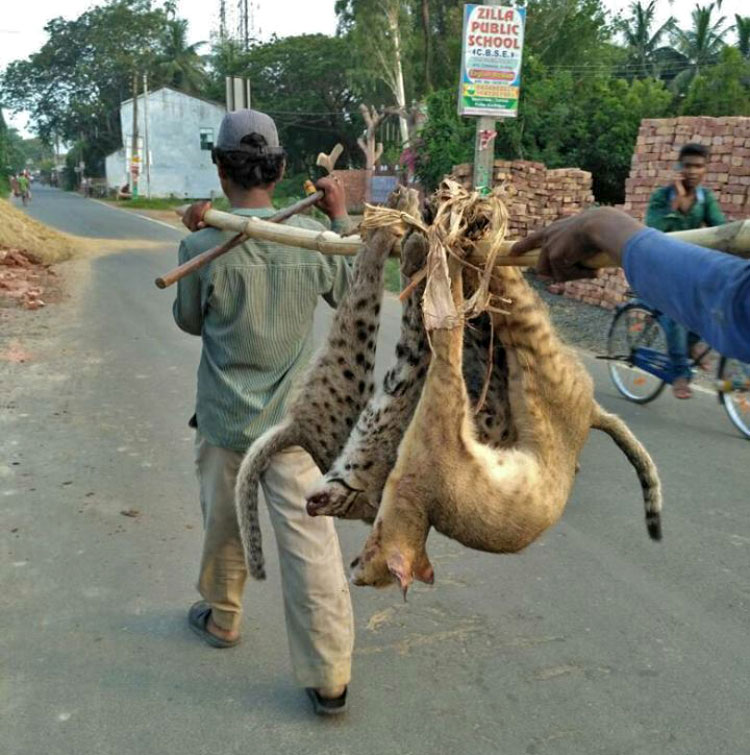
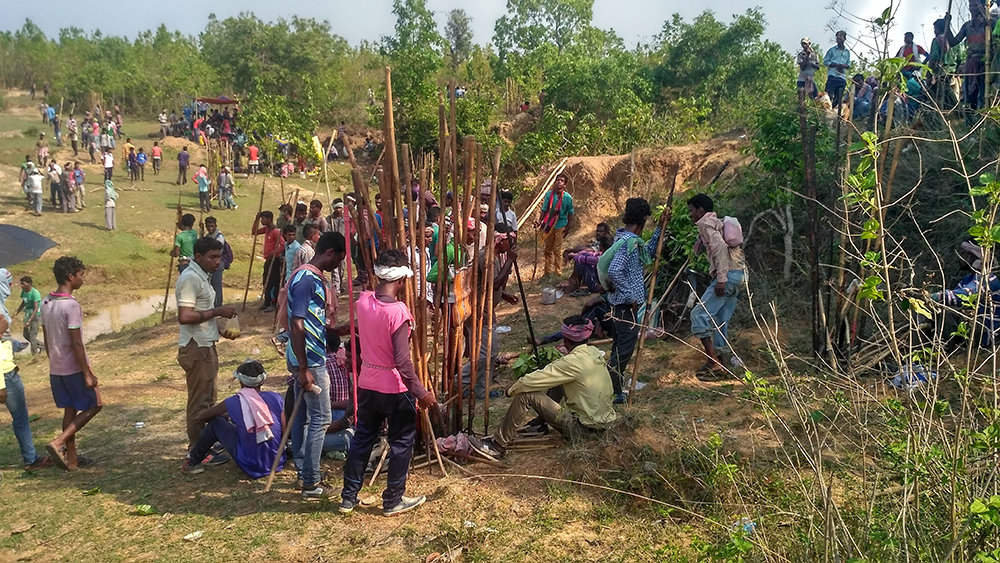
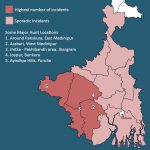
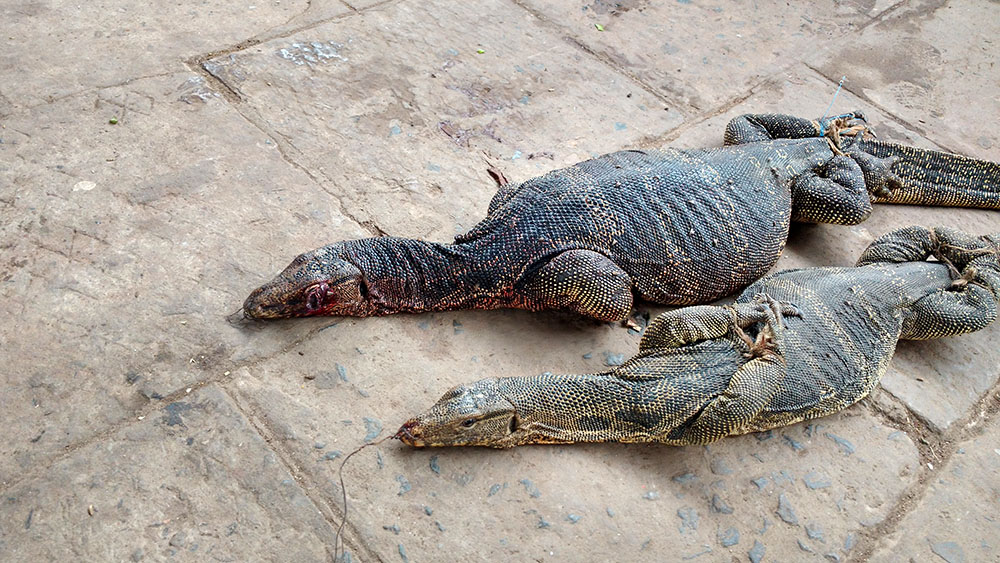
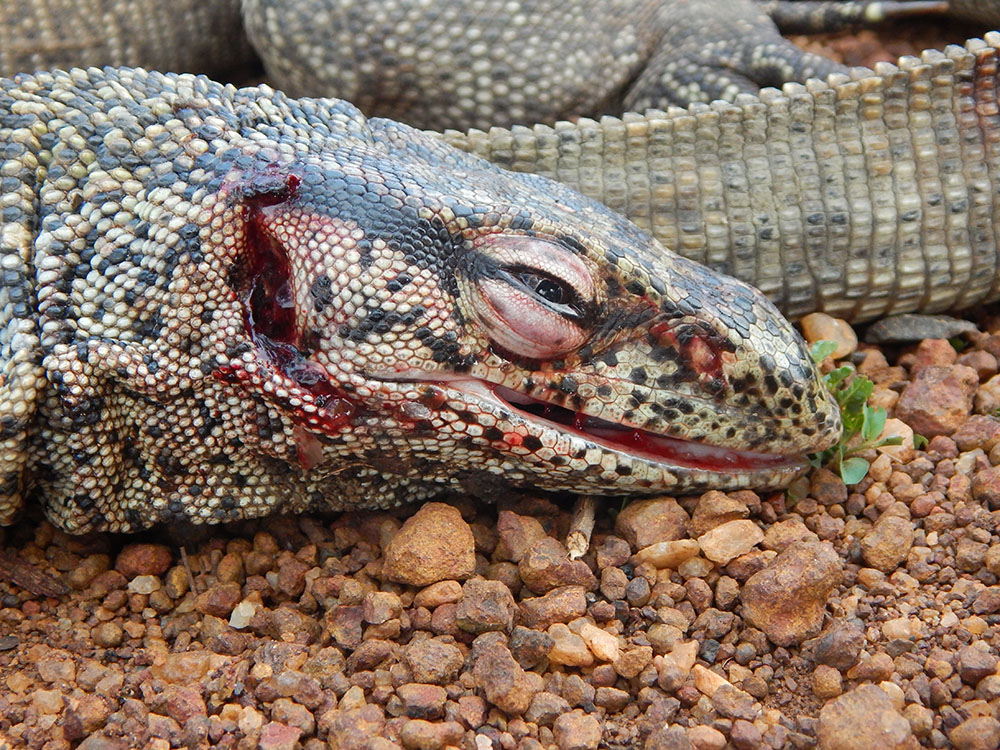

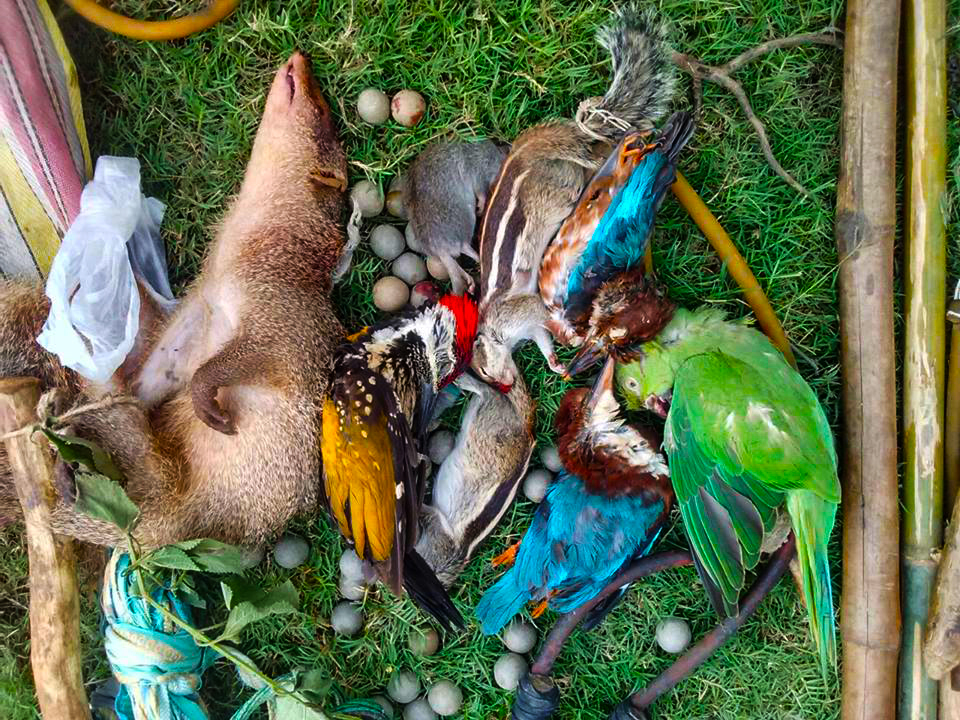
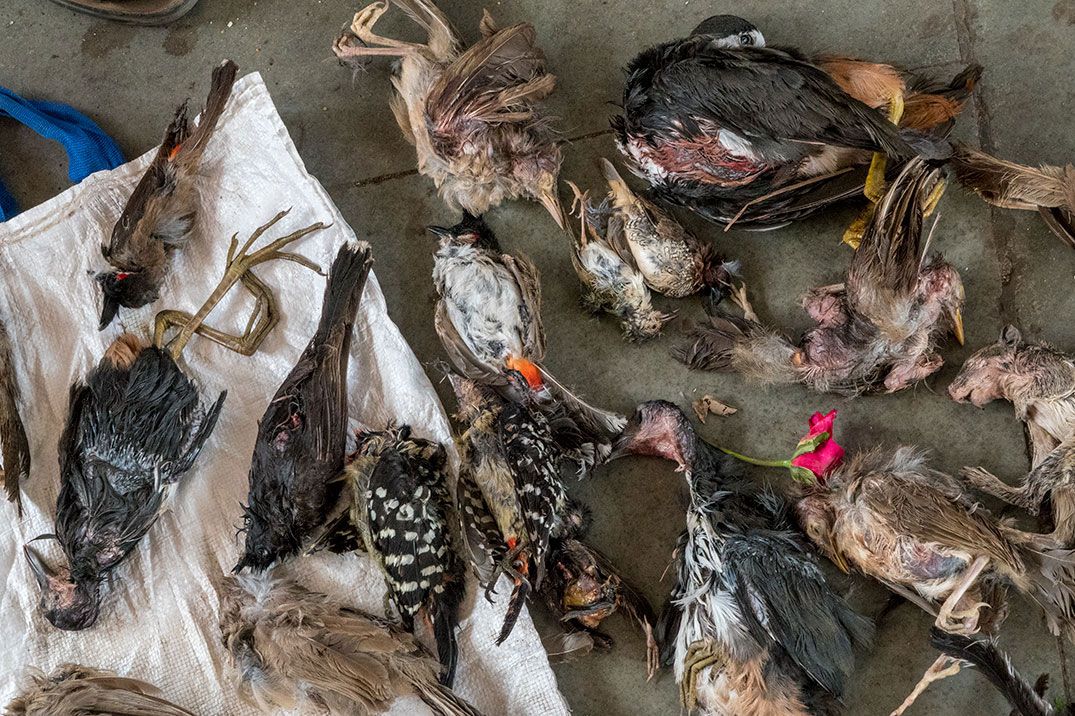
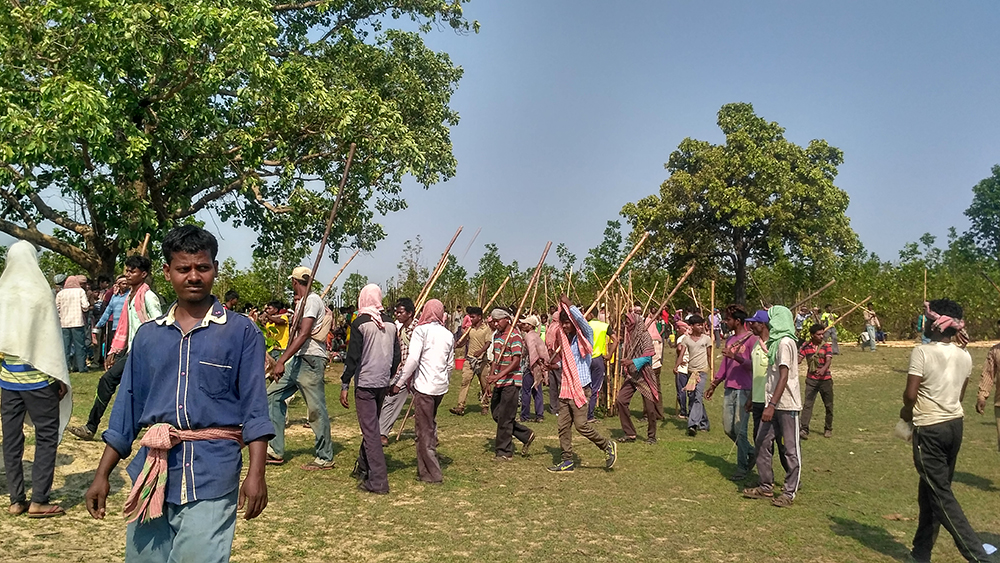

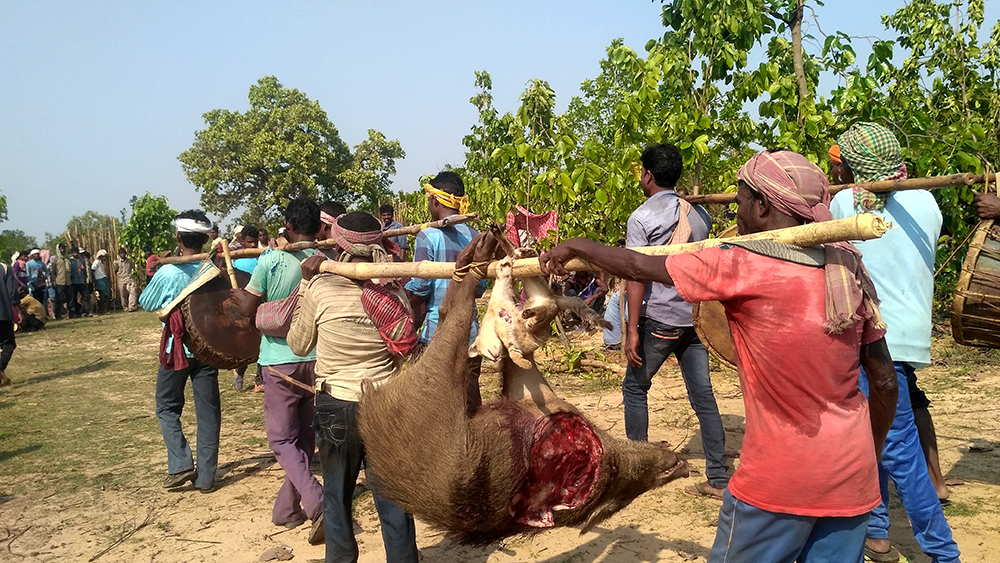

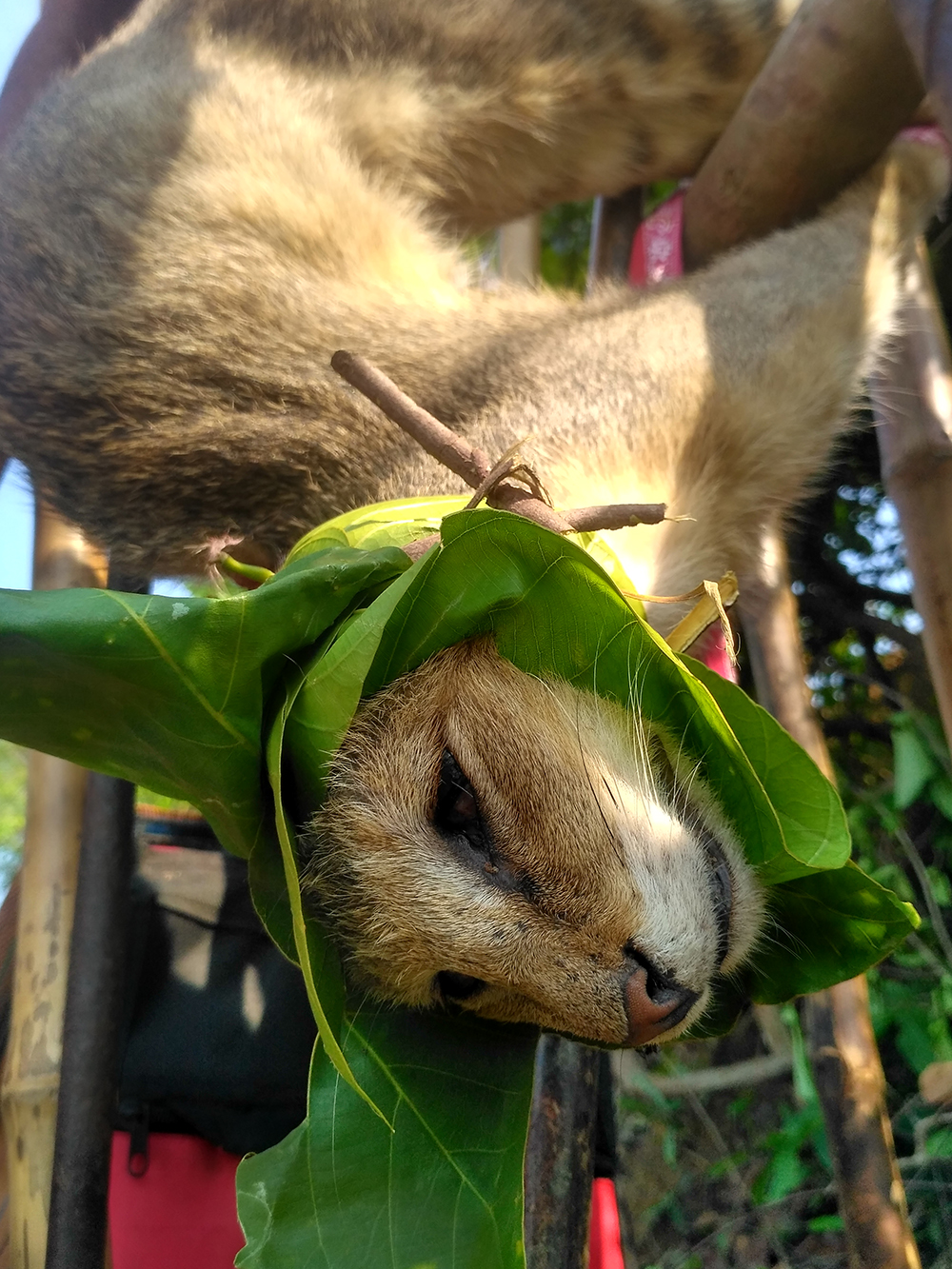
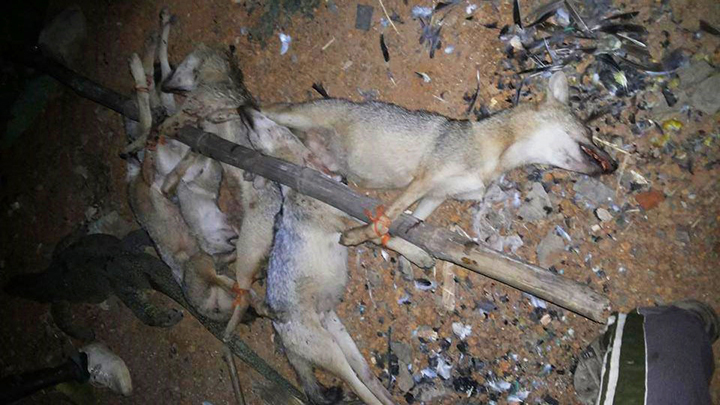
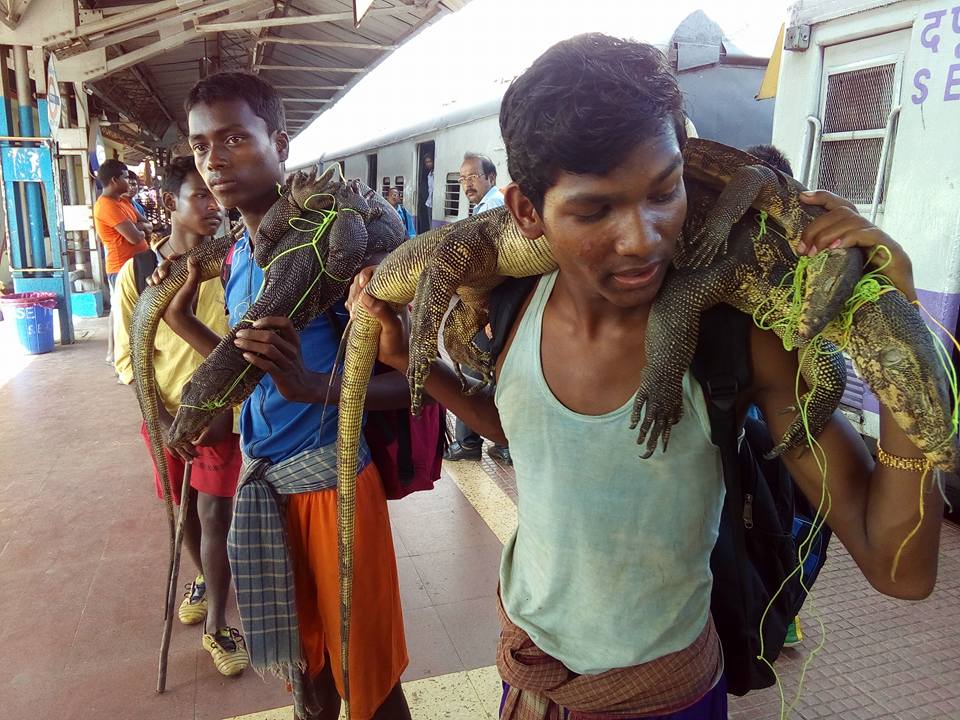
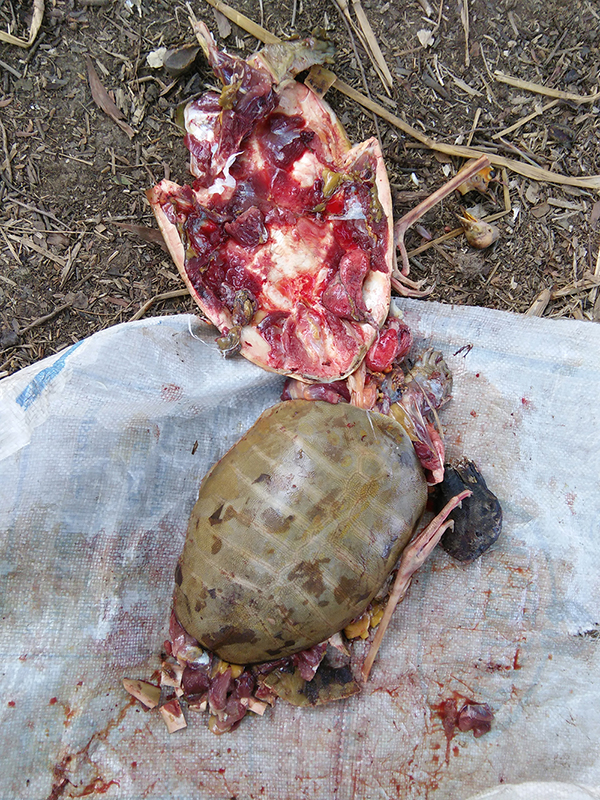

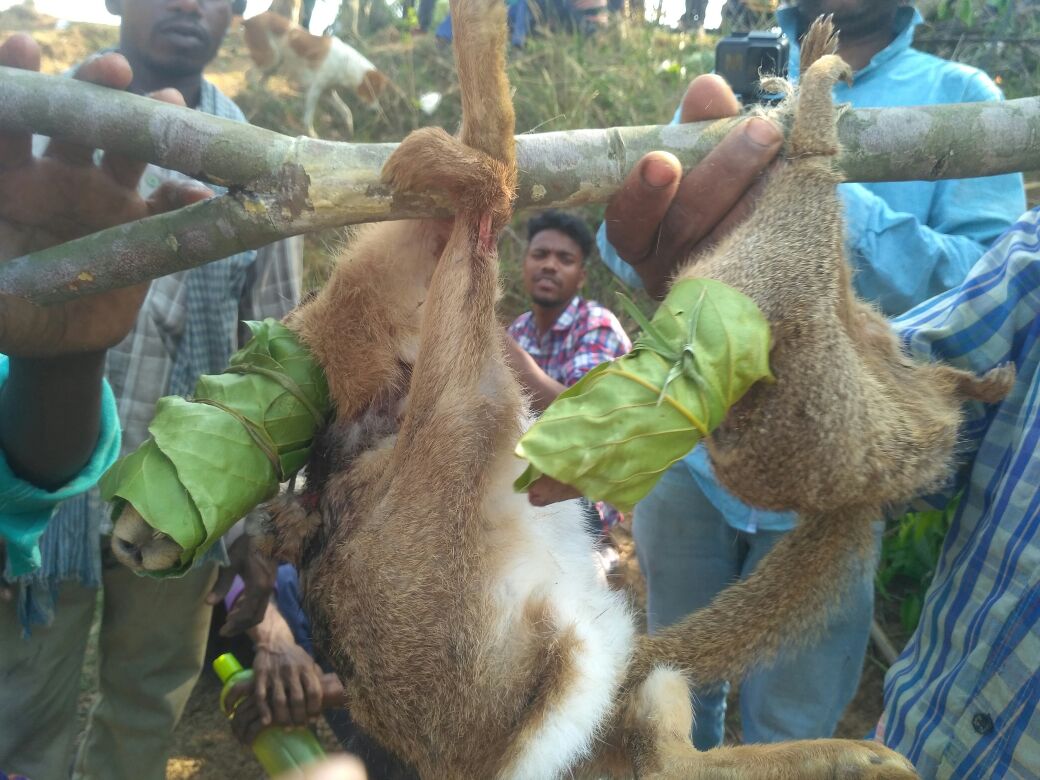


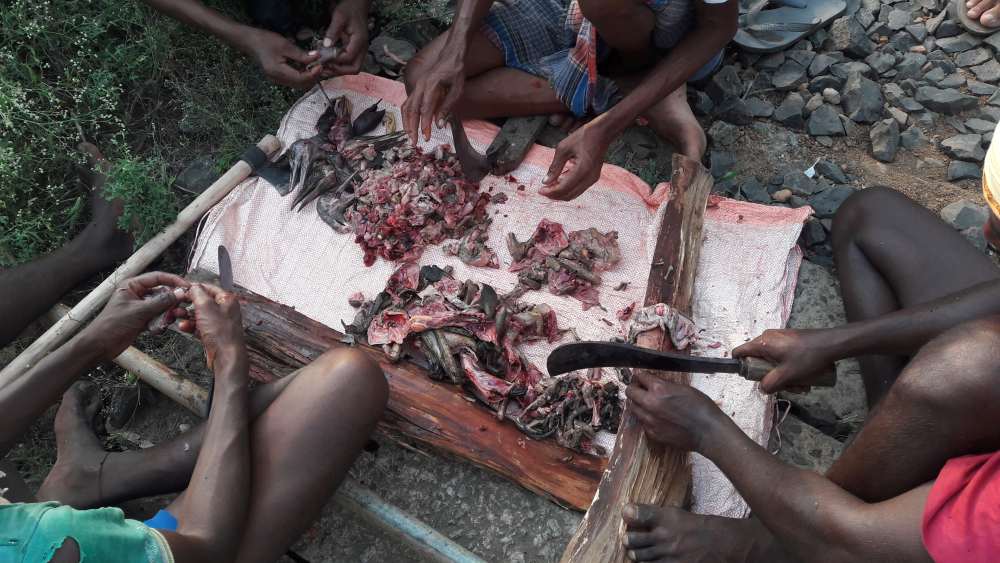
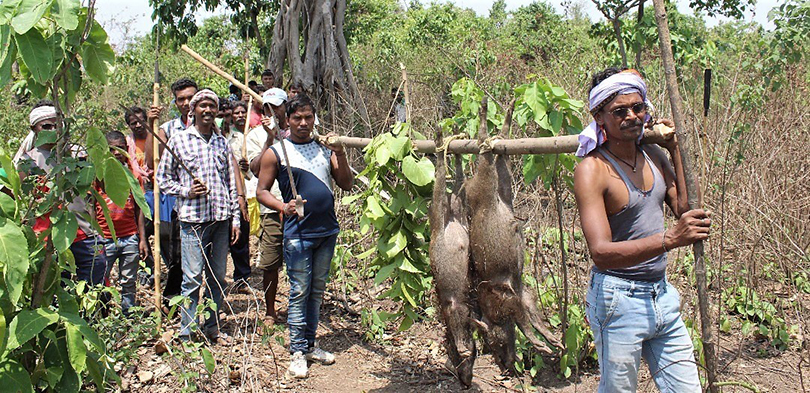
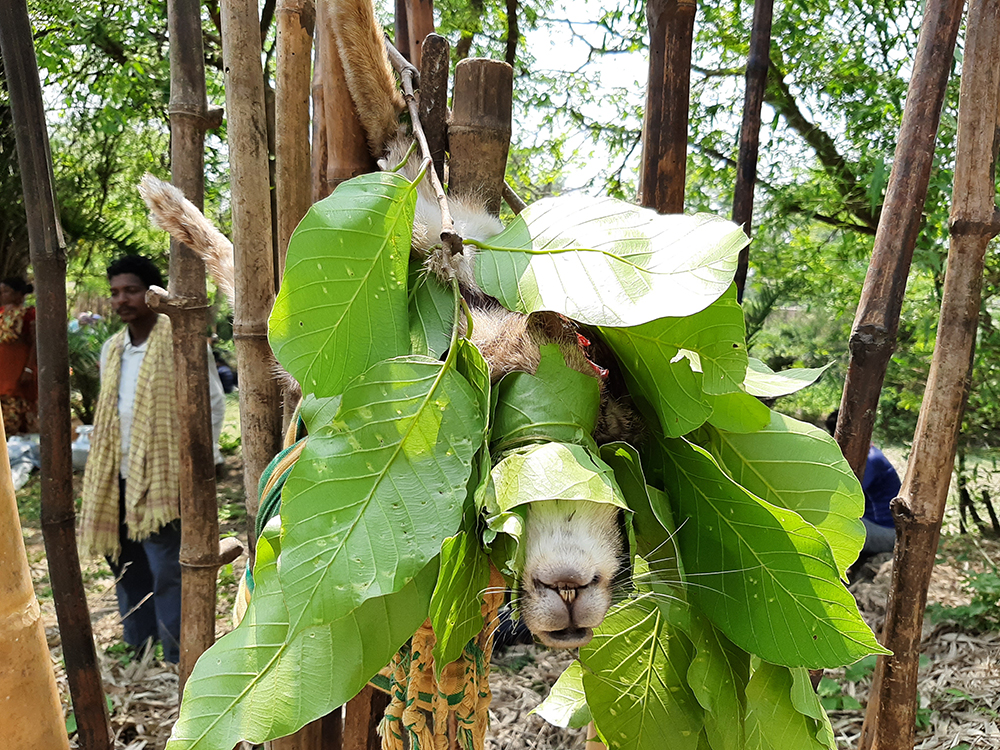
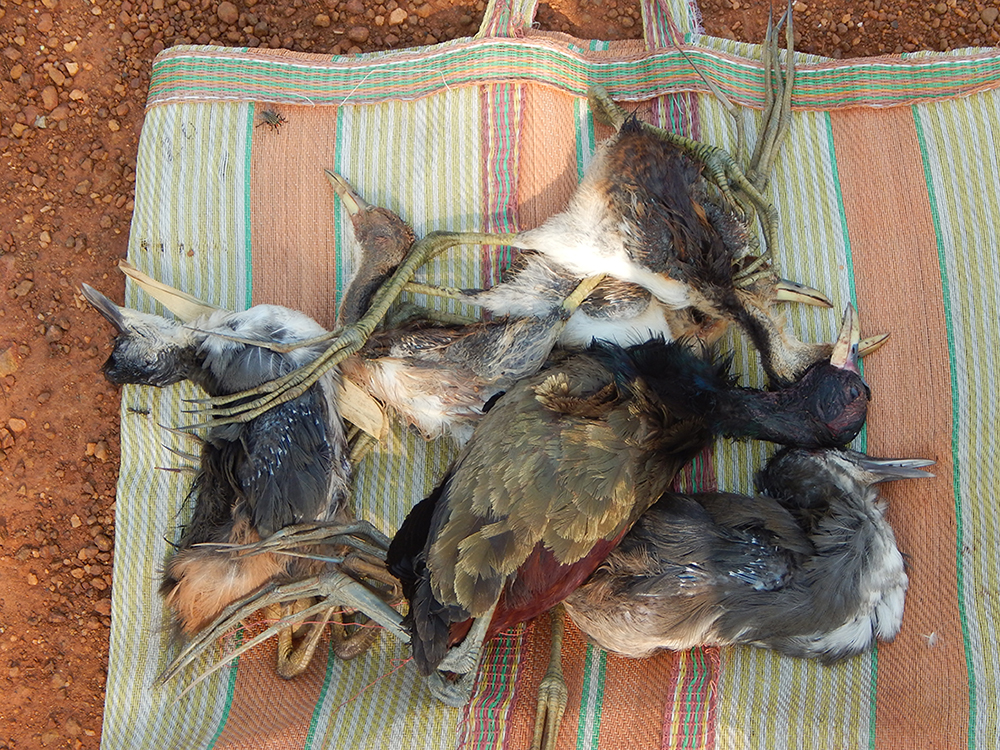

 CI is a non-profit, non-commercial portal that aims to facilitate wildlife and nature conservation by providing reliable information and the tools needed to campaign effectively.
CI is a non-profit, non-commercial portal that aims to facilitate wildlife and nature conservation by providing reliable information and the tools needed to campaign effectively.